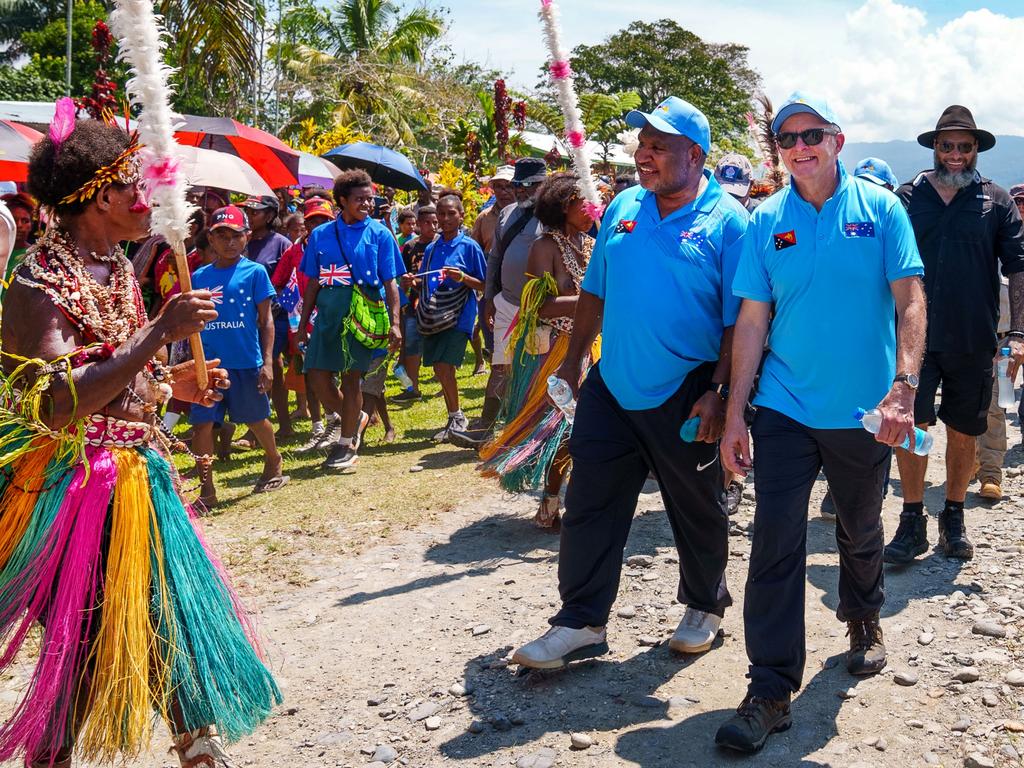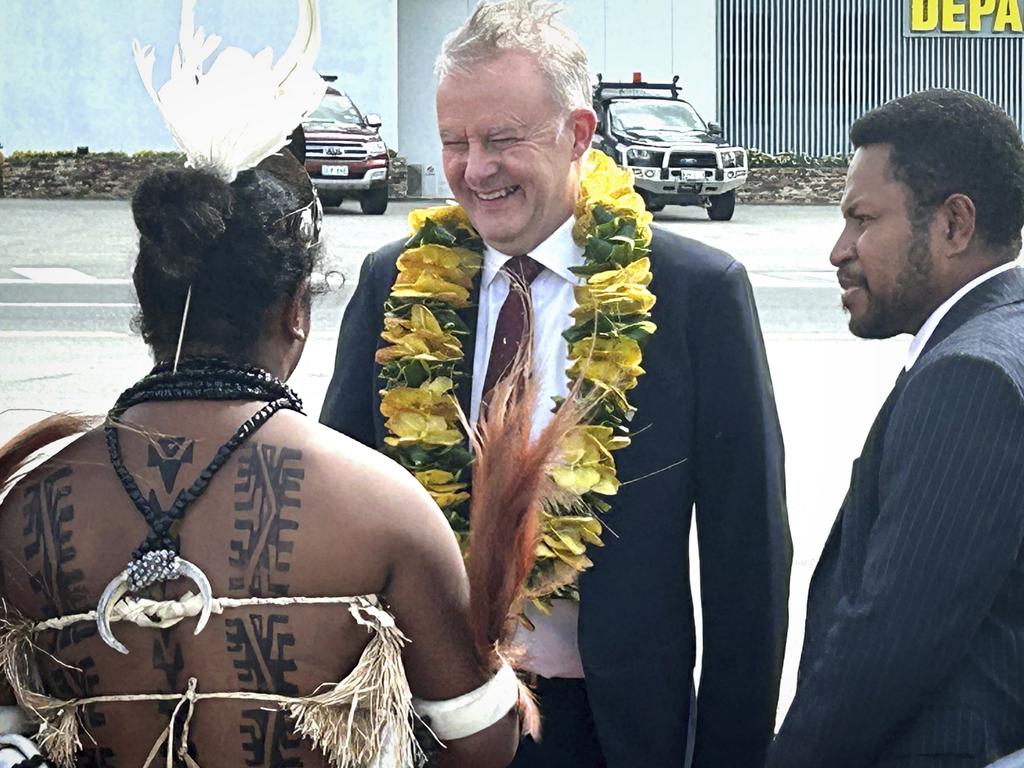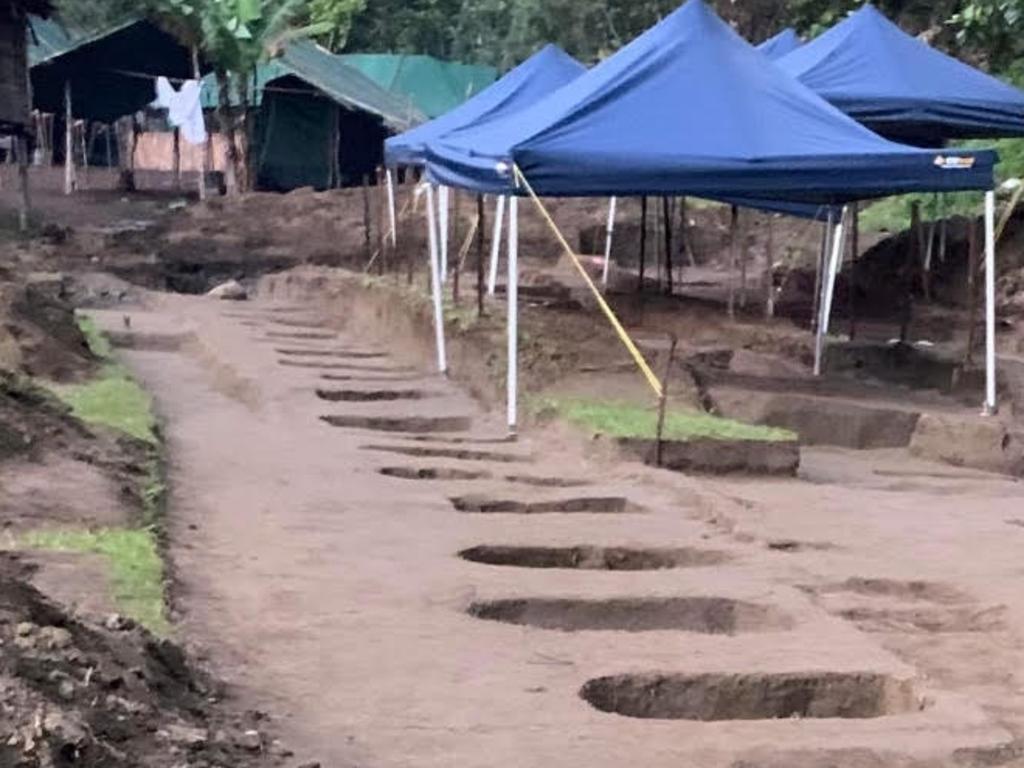Walking the Kokodo Track with Anthony Albanese and James Marape
Like rock stars in the jungle, Anthony Albanese and James Marape were welcomed by locals, some of whom had walked days to join celebrations.
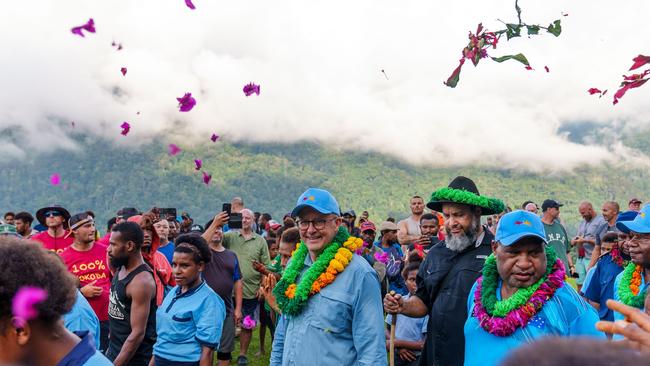
It’s precisely 4:30am and I’m writing this in an open-sided timber hut that overlooks a vast, mist-filled, densely jungled valley where the dim lights of the remote Kokoda village below glow vaguely as though they’re a million miles away.
After a shattering climb skyward along the Kokoda Track to where we are now at Deniki it’s deflating to discover we’ve progressed less than 10km.
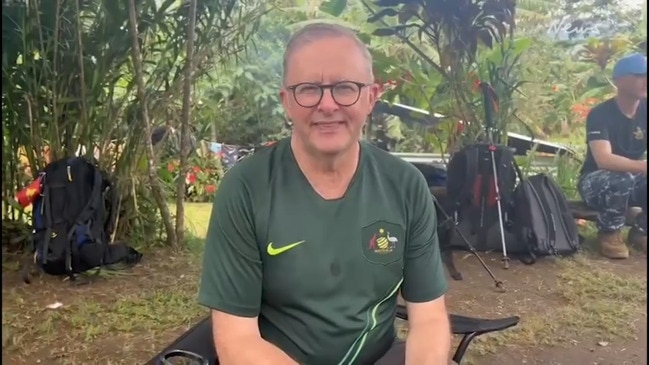
Tuesday’s spectacular cultural festivities performed by brilliantly turned-out Papuan tribes in Kokoda were not only a celebration of Australia and Papua New Guinea’s special historical relationship, but also the truly remarkable bond between the nations’ prime ministers, Anthony Albanese and James Marape.
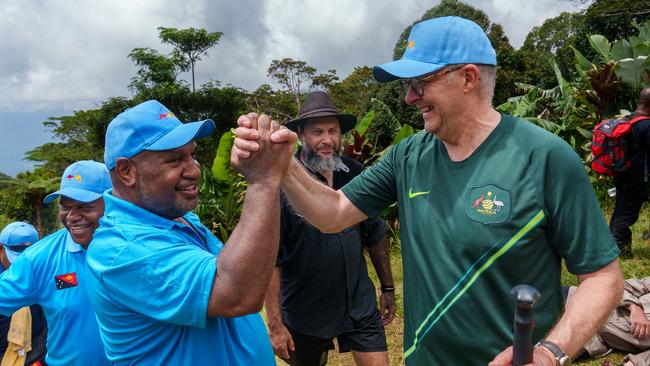
Amid several thousand locals, some of whom had walked days to be part of the celebrations, the prime ministers walked through an excited crowd that feted them with enough adoration to make them rock-stars in the jungle.
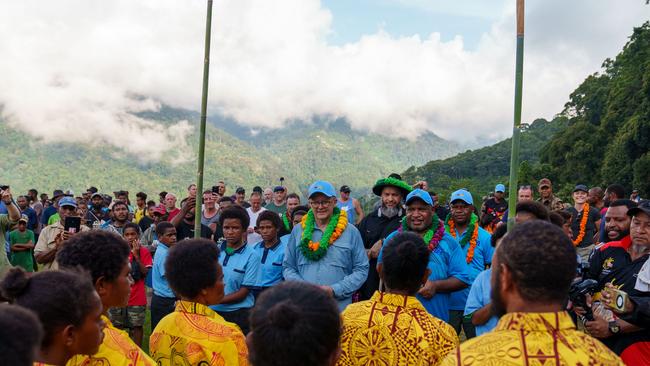
But as Mr Albanese stressed, this visit to PNG is “not about announcements, it’s about Anzac Day”, which is why these two leaders decided to walk the Kokoda Track from the village of Kokoda to the memorial at Isurava.
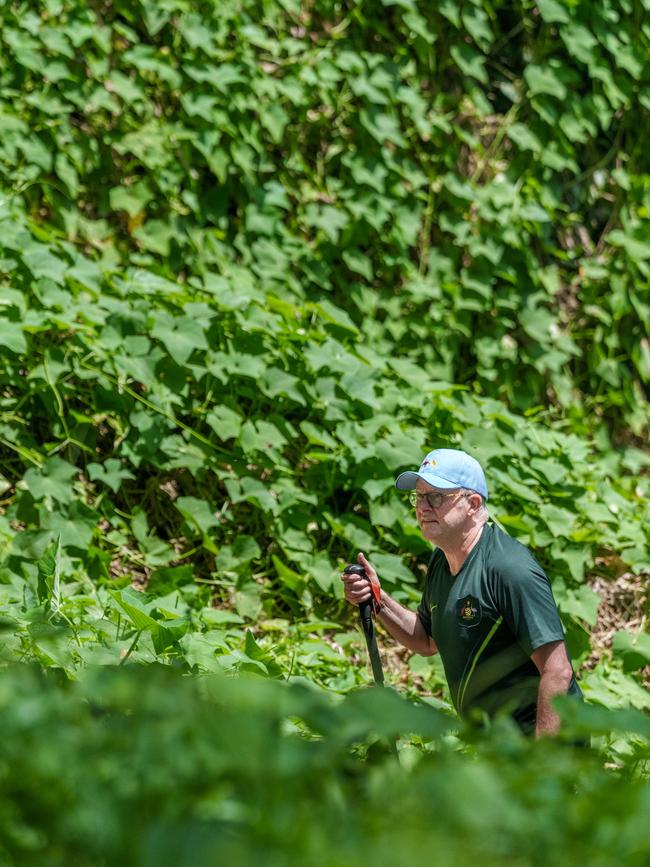
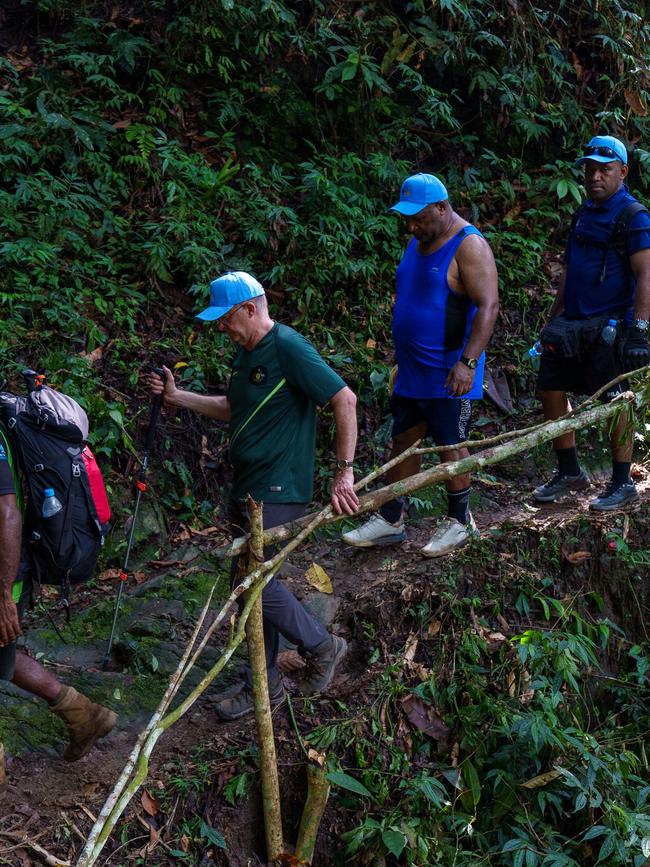
The group with the two prime ministers had flown to Kokoda from Port Moresby aboard a small, two-engined short-take-off-and-landing aircraft that had climbed high into the ragged, towering Owen Stanley Ranges and then through the spectacular gateway into the region known as the Kokoda Gap – where we could see Isurava – and then to our wide-eyed astonishment, the brutal terrain descending further and further to Kokoda village.
It was after midday when our group took the first steps along the legendary Kokoda Track, at first a dirt road you could easily drive a car along, before becoming a 4WD track and then a primitive walking path which rose into the cloud-covered mountains.
Multiple factors make the Kokoda trek a challenge: the humidity so oppressively dense it’s difficult to draw breath, the track an obstacle course of embedded rocks and stones, worn smooth through countless uncontrollable wet seasons.
And now the real challenges for which the Kokoda Track is notorious: its ever-increasing incline, growing steeper and more diabolically treacherous by the metre, the track hampered by obstacles – gnarled roots, impossibly slippery stretches of mud where your boots flail as if they’re on butter – and the most exasperating and heartbreaking of all, false summits. You stand breathless before the track ahead snaking skyward along a mountainside giving the false hope that it has reached the top, only to discover that the mountain and the track continues further.

The hardships of the track are precisely as they were in 1942.
But these problems seem insignificant when you take stock that the young Australian soldiers back then were also dealing with a marauding, ruthless army hell bent on trying to kill them.

